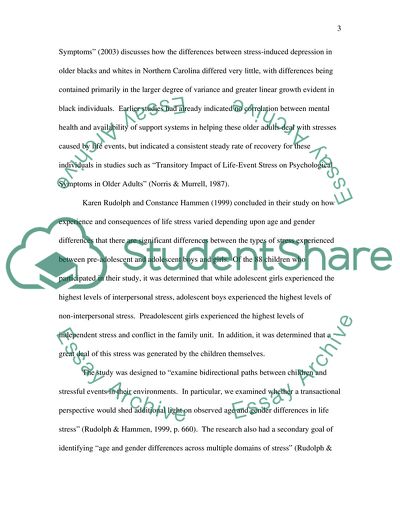Cite this document
(Causes and Symptoms of Stress Research Paper Example | Topics and Well Written Essays - 3250 words - 1, n.d.)
Causes and Symptoms of Stress Research Paper Example | Topics and Well Written Essays - 3250 words - 1. Retrieved from https://studentshare.org/psychology/1753236-causes-symptons-of-stress
Causes and Symptoms of Stress Research Paper Example | Topics and Well Written Essays - 3250 words - 1. Retrieved from https://studentshare.org/psychology/1753236-causes-symptons-of-stress
(Causes and Symptoms of Stress Research Paper Example | Topics and Well Written Essays - 3250 Words - 1)
Causes and Symptoms of Stress Research Paper Example | Topics and Well Written Essays - 3250 Words - 1. https://studentshare.org/psychology/1753236-causes-symptons-of-stress.
Causes and Symptoms of Stress Research Paper Example | Topics and Well Written Essays - 3250 Words - 1. https://studentshare.org/psychology/1753236-causes-symptons-of-stress.
“Causes and Symptoms of Stress Research Paper Example | Topics and Well Written Essays - 3250 Words - 1”, n.d. https://studentshare.org/psychology/1753236-causes-symptons-of-stress.


